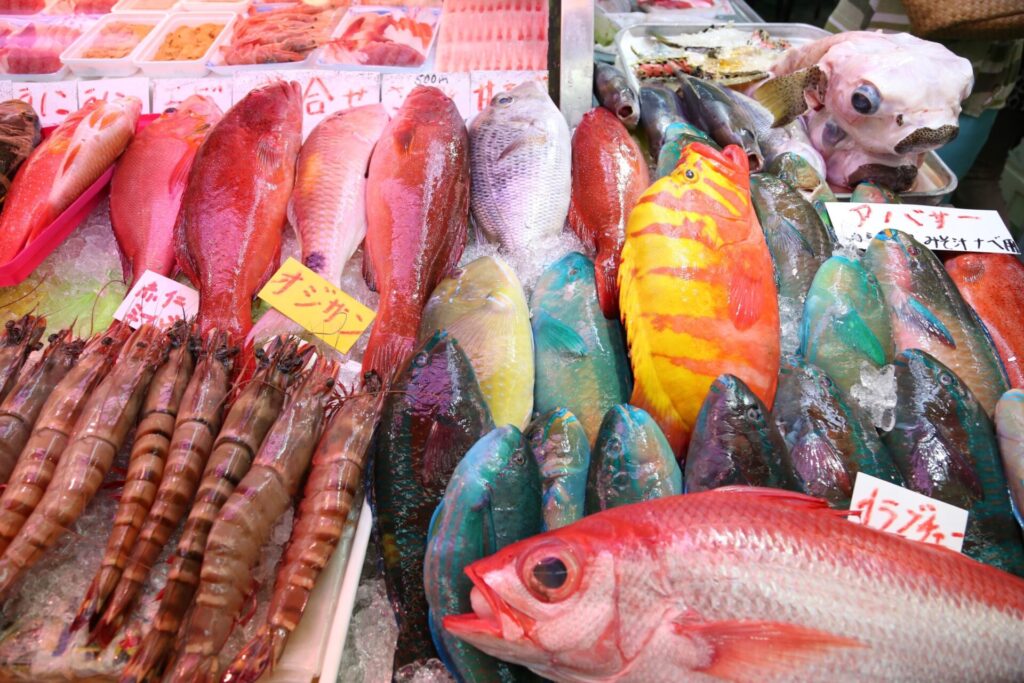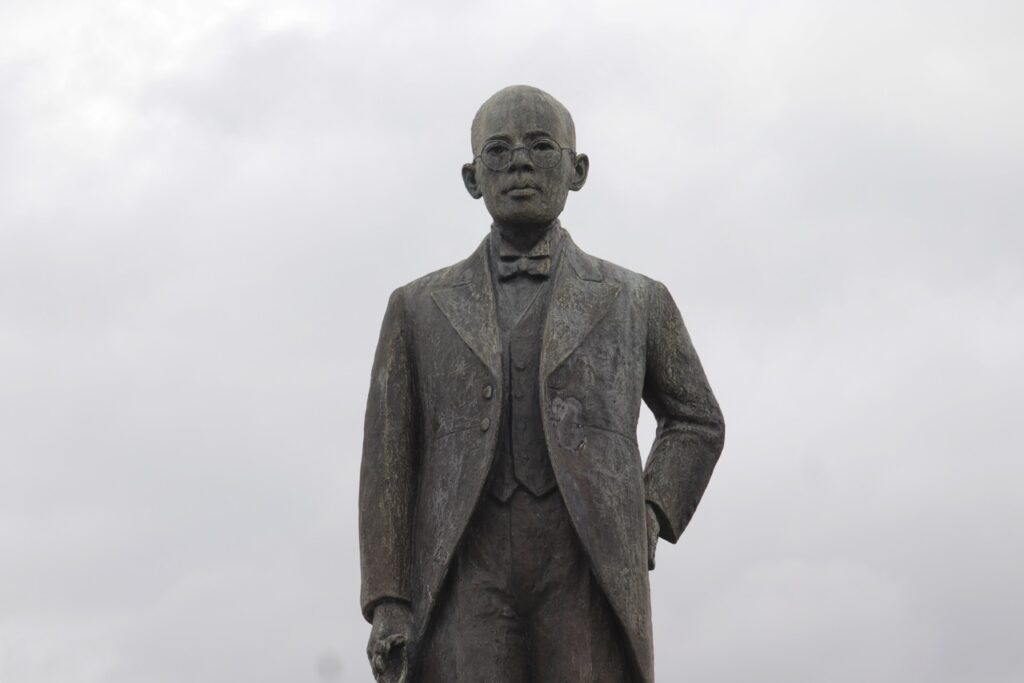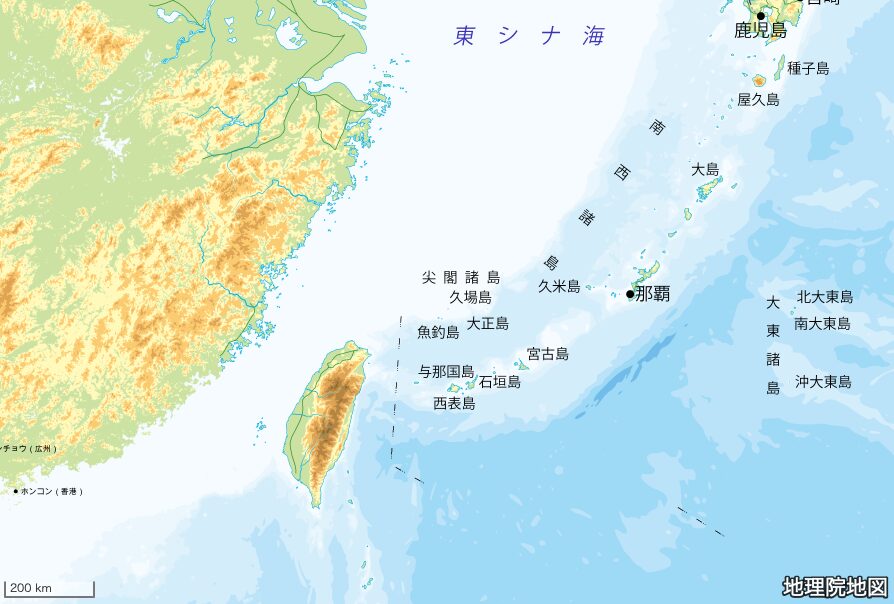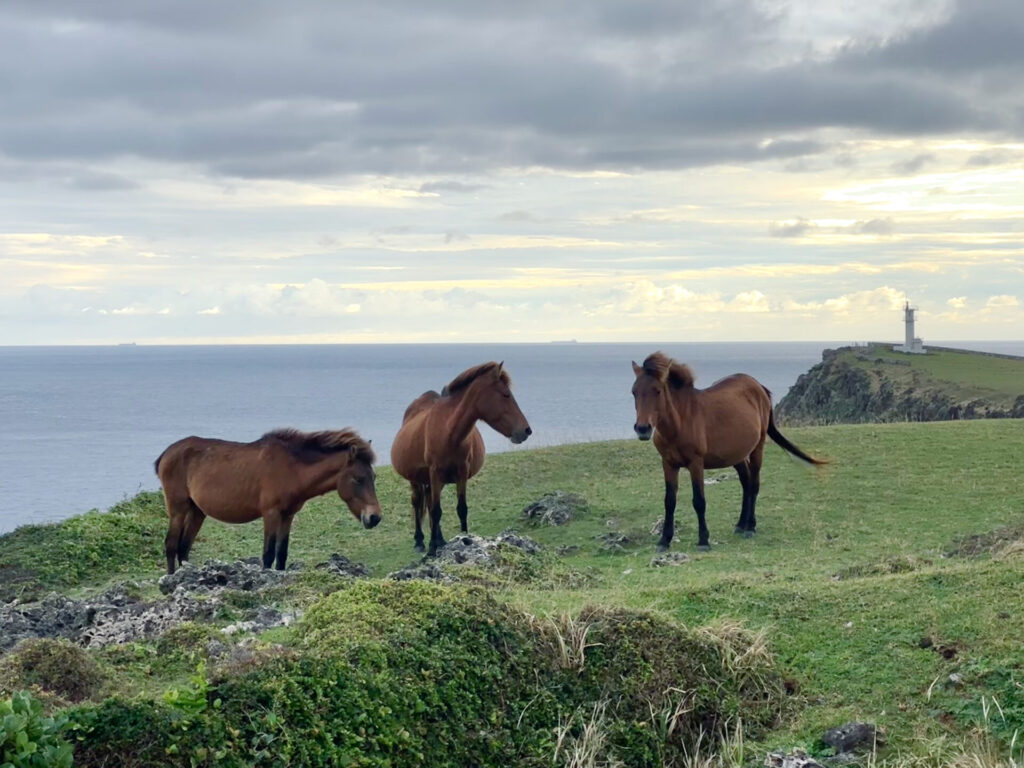Shishi-mai (Lion Dance)

Photo: TARUMI Kengo
Shishi-mai—the lion dance is a folk performing art traditionally handed down in the islands and villages of Okinawa, performed at the harvest festival or kyū-bon1. Like shīsā, the stone-made Okinawan lions placed on the rooftop or gateposts of a house as a talisman, the lion dance is performed to exorcise evil spirits. Moreover, this dance is believed to have the power to bring an abundant crop and prosperity to the village. Thus in some areas, a stone-made lion is enshrined as the guardian deity of the whole village, rather than individual houses. The huge stone lion sitting on a little hill called the Jiri-gusuku of Tomori, Kochinda Town2 is known as the lion of Hīgēshi (fire striker). It has survived the war and remained to this day, despite the hard-fought battle in the Battle of Okinawa3.
Differing from mainland Japan, the Okinawan lion dance uses a soft-toy-like body, woven with the fiber of a windmill palm4, plantain, or false nettle, and a lion head carved out of a deigo tree. The men inside wear a pair of pants made of the same ingredients as the body to render the legs. Unlike the mainland lion dance which is usually performed alone as a good luck charm for the New Year, the Okinawan variant is enacted by two performers together. A single lion is standardized on the Main Island of Okinawa compared to Miyako or Yaeyama where a pair of male and female lions is most common. Generally, a “wakuyā”—a role for humans—appears with a ball to cheer, and the lion dances as if it were being trained.
The family lions of Miyara, Ishigaki City, are unique, but not much known. A child lion (acted by a single performer) appears with a pair of a male and a female; a total of three lions. They are performed at the On5 of the village during the kyū-bon, and are interesting to watch. The main character is the child, to the very end, as it is the cub that is treated with the sacred drink, a reward from the shrine maiden dressed in white. The parent lions dance calmly in the back as if to watch over the child tenderly. It is a dance that bears the message to honor the elders and to set high hopes for the children who will lead the next generation.
Various theories exist regarding the origin of this lion—shishi, among which the most convincing hypothesis is “Sinha” in Sanskrit (by Miyao Jiryo). The phonetic transliteration of “Sinha” (lion) in Chinese turned into “Zui-jū” (an animal of good omen) and as Buddhism and the belief in shishi spread in Asia, it came to be known as the fabulous animal rode by the Manjushri (by “Tonight’s Topic” corner, Okinawa Times evening paper, October 21st, 1998.) Okinawan shishi is also said to be introduced from China.
Lion-head, forms, dances, traditions, etc. differ from region to region as written in the 87 articles of the “Shīshi Kanashi” series that appeared in the Okinawa Times from January 1st, 1996 to December 31st, 1997, written by Sesoko Masaki, the president of the Conservation Society of Shishi Kērashi, in Tsuhako, Sashiki Town. All-Island Shishi-Mai Festival is also held every year in Gushikawa City, gathering lion dances from all over the prefecture to compete in their performances.
Editor’s Note:
- A Japanese ritual conducted in August to honor the ancestral spirits.
- Today’s Yaese Town.
- The lion of Hīgēshi is designated as a prefectural folk-culture asset.
- An evergreen subarbor in the palm family.
- Utaki, a sacred place.








































































































































































































































